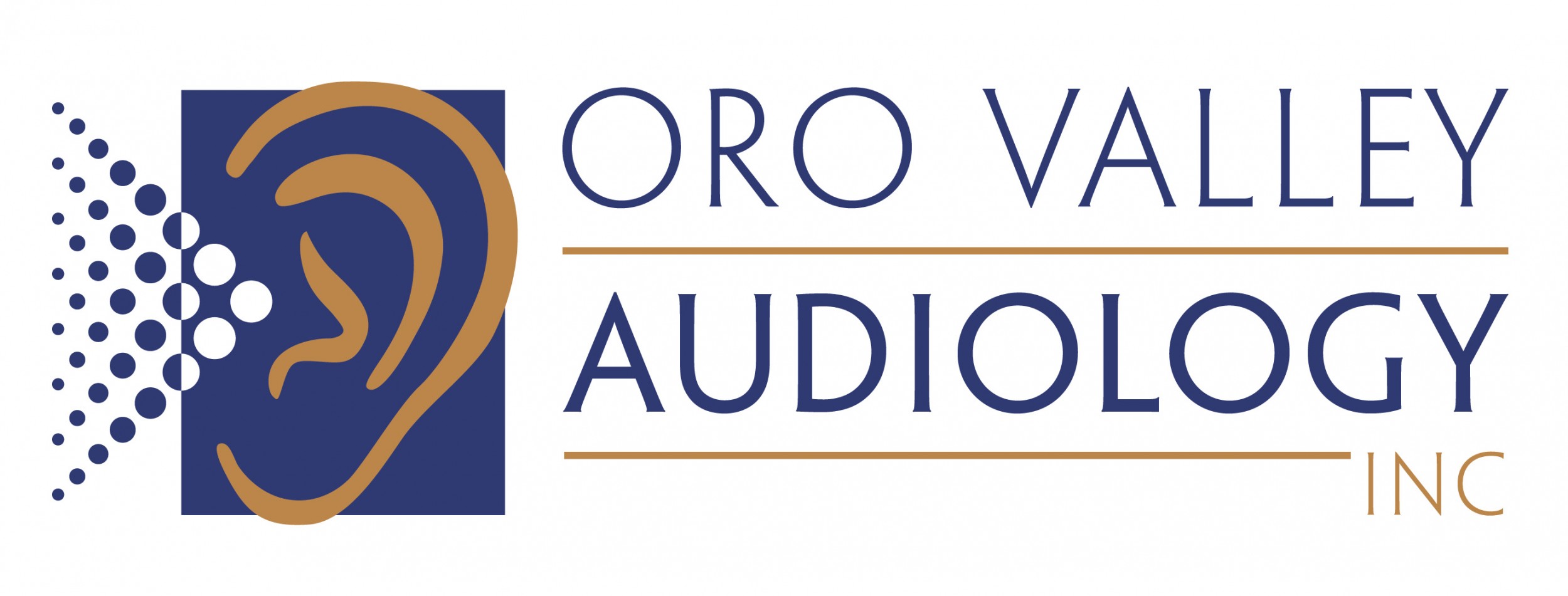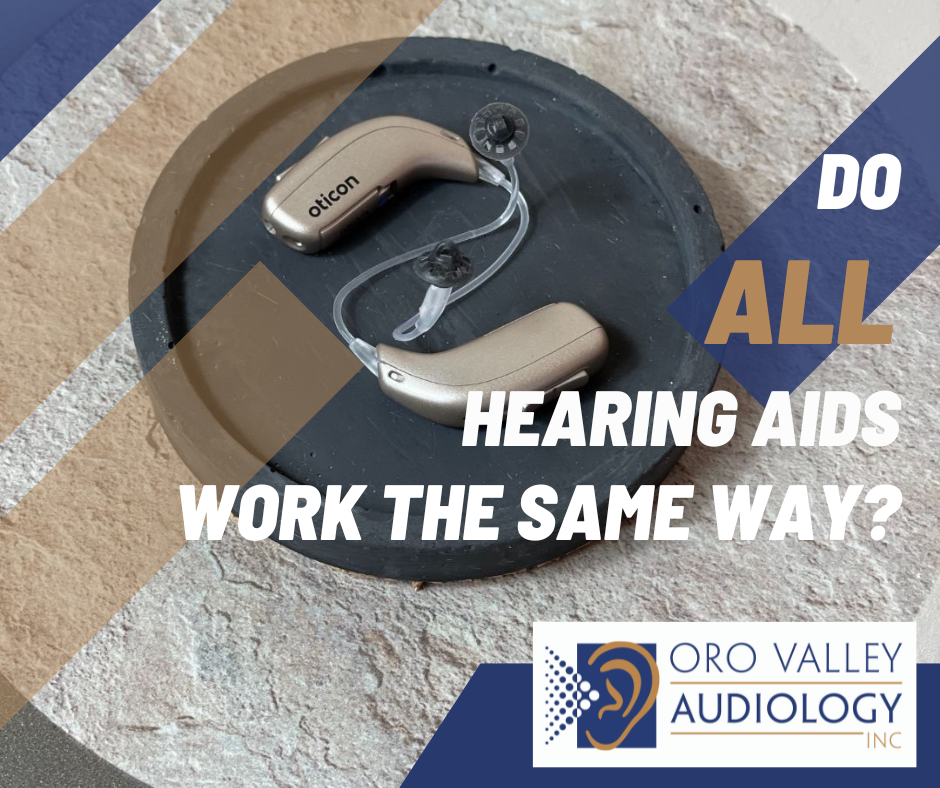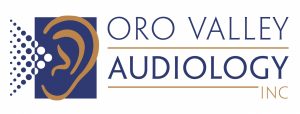Once people know what our profession is, we often get asked this question: Do all hearing aids work the same way? The answer is yes and no.
There are five major hearing aid manufacturers who have provided products for up to 120 years in the industry. Each of these manufacturers have their own algorithm or prescription for sound that is unique to them. Most include these features: multiple bands and channels, compression, feedback reduction, noise reduction, and speech enhancement. Each company will call these different names to make it sound unique to their product. Each model will have different tiers of technology, ranging from entry level to advanced product. Generally, the more advanced the technology, the more complex the algorithm to enhance speech, decrease noise, and eliminate feedback. Feedback is that annoying, high-pitched whistle that the hearing aid user may not always hear. This is due to either the lack of fit, obstructing earwax, or too much high-frequency gain that is leaking out.
To be honest, the fitting of the hearing aid is usually due to who is fitting, rather than the product. It is true that higher technology does use more complex algorithms to help in noise; this is not always the best fit for every person. We must take the health of the entire auditory pathway, cognitive health, and lifestyle into consideration when recommending hearing aids. It is more important to be fitted with two hearing aids at lower technology than one hearing aid with the highest technology. Our brains are wired to use information from both sides of the head. If one ear is better with hearing sensitivity than the other, the brain only relies on the better ear. If an individual is only wearing a hearing aid on one side, then it just gives them a different type of hearing loss.
There are also ways to purchase hearing aids directly from the manufacturer or through the Internet. At this time, over-the-counter hearing aids are not authorized to be sold. However, lack of oversight has not stopped this practice up to this point. In 2017 an OTC bill was signed into law, but the FDA has not cleared requirements or restrictions. There are many companies who are moving into this space. An example is the company Bows, in which they started selling hearing aids. As of 2022 they will be discontinuing their hearing aid line. We have seen this many times in the past; in the early 1990’s 3M attempted to get in the hearing aid space with the digitally programmed hearing aid, and they only lasted several years.
Why is it so difficult for manufacturers outside of the big five to break into the hearing aid space? It might be the product, but more likely it is the lack of follow-up care when the product is purchased without a provider. The change in hearing, wax buildup, and moisture create a very toxic environment for the hearing aids. They need to be cleaned diligently every day for it to continue to work properly.
At Oro Valley audiology we will clean and service any hearing aid, but we may not be able to program hearing aids purchased on the Internet. Although it’s possible to buy hearing aids without a hearing examination, it is very difficult to fit appropriately if the hearing is unknown. We can also run real air measurements based off of a current audiogram (yes, this is important!) to make sure any hearing aid you have is fit appropriately.


